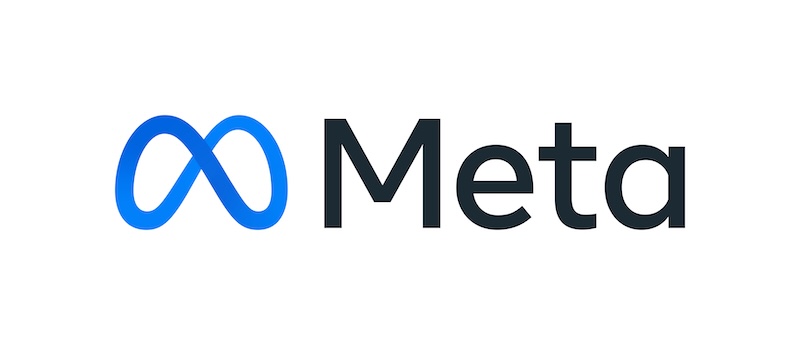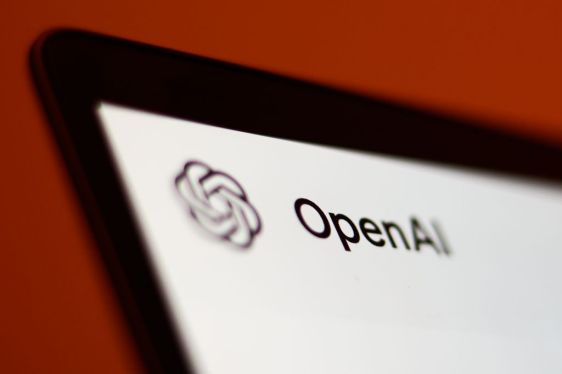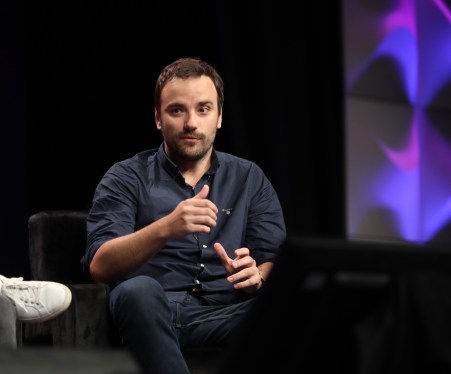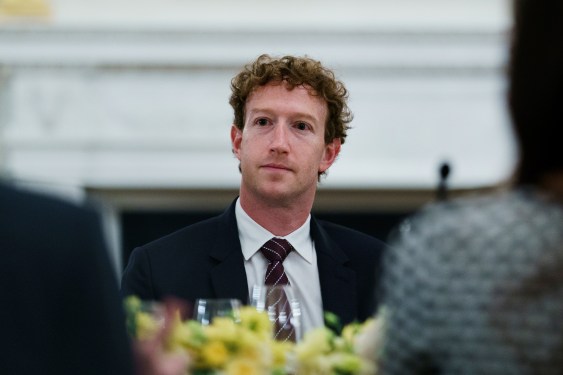With generative AI, advertisers are doing everything from running more performant campaigns to streamlining labor-intensive tasks, saving them valuable hours each week. This newfound time allows them to concentrate on more strategic and creative work.
We recently sat down with Meta’s VP of Monetization, Matt Steiner, to give brands a more hands-on understanding of the latest generative AI advancements, their impact on ad creativity and brand storytelling, and the shifting dynamics between advertisers and their audiences.
As generative AI enters the marketing industry, what are some exciting opportunities this presents the industry?
Generative AI isn’t just about streamlining processes or reshaping creativity. It’s about empowering advertisers with more tools, while taking up less of their time, to achieve better results for their campaign.
We often ask advertisers, “How much of your day to day is spent dreaming up something truly innovative or implementing a culture-shifting work that really attracted you to this industry in the first place?” Imagine saving five or more hours every week—that’s a valuable month per year—on tedious tasks like updating creatives or resizing images.
What I find most compelling is the transformative use case of marrying Meta’s personalized ad delivery with both AI generated creative and automation tools to achieve campaign performance at scale. That’s exactly what we’ve done by adding our recent text variation, image expansion and generation features to Meta Advantage when you set up your campaign. Advertisers can create unique ad content that resonates deeply with their target audience with just a few clicks.
More broadly, how does AI change the dynamics between advertisers and their target audiences?
AI has the potential to reshape the very foundations of how businesses tell their brand stories. Here’s the key: AI enables hyper-personalization. It allows businesses to tailor their content to the individual preferences and behaviors of customers. Imagine a world where people only receive messages that genuinely resonate with their interests or needs.
The introduction of generative AI features in Meta Ads Manager, such as Image Expansion, Background Generation, and Text Variation, is a leap forward in how advertisers can craft compelling ad content on Meta’s platforms. Can you tell us more about these features and how they empower advertisers to create truly unique ads?

Last May, we introduced our AI Sandbox where we’ve been testing generative AI features with a small and diverse group of advertisers. Recently, we started rolling out these generative AI features in Ads Manager, including the Advantage+ suite, to make these features more broadly available for advertisers in a powerful way by pairing automation with generative AI.
For example, Image Expansion, which is now available in Advantage+ Creative, allows advertisers to adjust creative assets to fit different aspect ratios on different products, including Feed or Reels—which means you can create ad content that fits perfectly on various surfaces and canvases without the need for time-consuming manual editing. One CMO who participated in the AI Sandbox said they see their brand spending less time on repurposing images, as these tools allow for seamlessly adjusting the image’s aspect ratio to fit across more surfaces.
Background Generation was also a top requested feature. It creates multiple backgrounds to complement a product image, making your product stand out visually. It’s all about giving advertisers extra flexibility to tailor creative assets for different audiences.
And then there’s Text Variations. This feature creates multiple versions of ad copy based on the original, highlighting the selling points of the product or service. It gives advertisers multiple text options to better connect with their audiences.
These tools excel in figuring out which ads resonate most with advertisers’ target audiences, ensuring better results. They also allow advertisers to create multiple asset variations with just a click, reducing the back-and-forth between creative and media teams. This time-saving allows advertisers to shift focus onto other priorities, like diving deep into audience insights and seizing seasonal opportunities.
Could you give us some insights from advertisers who have participated in the AI Sandbox?
What we are hearing is that creative strategists can enhance and speed up their creative development process using our generative AI features.
Take WPP’s GroupM, for example. As early adopters in Meta’s AI Sandbox, many of their clients are looking to AI to improve performance. Given the large advertising base they oversee, covering a variety of verticals, they found multipurpose use cases, but also identified some standard commonality for scale. And with their initial testing, they found that tools like graphic enhancement features open more doors for their advertisers to tailor their ads within Meta’s vast ecosystem.
We’ve also heard from smaller advertisers that while they know that running more than one of the same ad placement improves performance, they don’t always have the time and resources to resize images to fit across our various surfaces. Tools like Background Generation will unlock this pain point without taking focus away from other critical business needs.
The sheer volume of AI-powered marketing tools can be overwhelming for decision makers. How can businesses choose the right AI solutions for their needs?
Like all technology waves there will be proliferation of a multitude of tools and options — the key is to embrace experimentation. We encourage businesses to test different products and see what aligns best with their specific needs. Where we think we have a unique opportunity is by having generative AI features tightly integrated with ad tools that millions of businesses already use. This integration also allows us to optimize the content produced by Meta’s generative AI to perform better on our product surfaces.
A notable example that is resonating today are Advantage+ Shopping Campaigns, where millions of advertisers are leveraging AI to set up single campaigns and test thousands of combinations to optimize performance. The result? We’ve seen remarkable increases as high as 32% in return on ad spend, and 9% improvement in incremental reach. AI empowers marketers to create brand-specific ad content, helping them achieve those critical connections with the right people at the right time.
Meta’s recent developments in AI for advertising are pushing new frontiers for ad creativity. How do these innovations align with Meta’s long-term vision?
Meta’s commitment to AI is deeply ingrained in our company’s DNA. We invest heavily in our AI infrastructure, channeling tens of billions annually into driving better experiences, engagement, and business results today across our apps. Our extensive Meta Advantage portfolio harnesses AI and machine learning to continually optimize campaigns and personalize ads, driving better results for businesses.
We’ve also refined AI modeling to optimize ads across various surfaces. Previously on Instagram, we needed one model for optimizing clicks on Story ads and another model to optimize conversions or sales for ads on Reels. Now, our advanced AI modeling allows us to transfer learnings across multiple objectives at the same time, which helps improve advertiser conversions and the quality of ads people see.
We also introduced Generative AI features for ads in a testing environment first, through the AI Sandbox, where we gained valuable feedback and insights from advertisers to help improve the features before rolling them out more broadly.
Looking towards the future, we’ll start to test AI for businesses aimed to improve customer experiences. At Meta Connect in September, we introduced Business AIs that offer a conversational experience akin to human interaction to help with customer engagement and support. These AI tools handle routine customer inquiries, allowing human agents to focus on much more complex customer issues. This functionality has entered the alpha phase and will expand further in the coming year.
With this strong foundation we can continuously develop and refine new AI-powered tools that empower businesses to unlock their true creative potential.
CTA: Discover how Meta’s generative AI can transform your marketing strategy.





